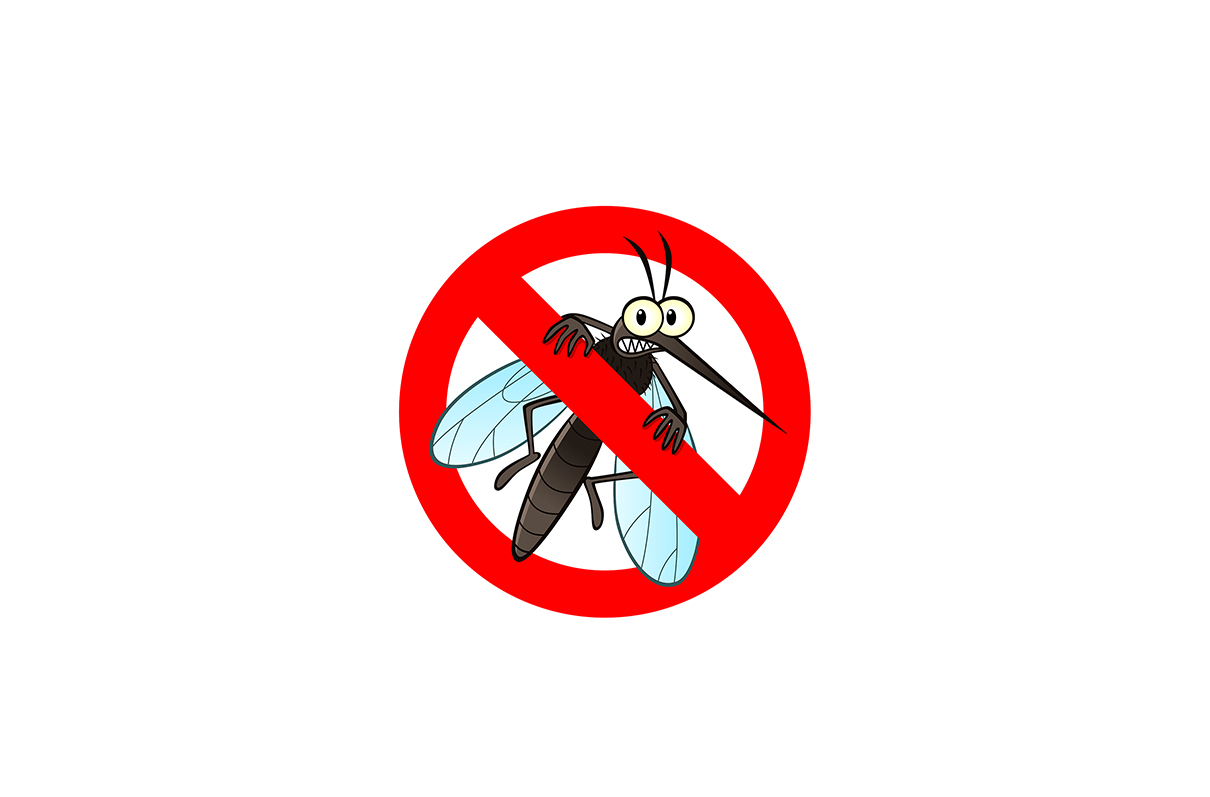As of early August, 1,825 cases of Zika virus had been reported in the U.S., including 16 cases with documented sexual transmission. Of the total reported U.S. cases, 1,818 were travel-associated cases, which means they were linked to travel to areas with local mosquito transmission; six cases were acquired from mosquito bites in the U.S. (all in Florida); and one case was a laboratory worker. Additional cases have been reported from U.S. territories - 5,460 locally acquired cases in Puerto Rico, 44 in America Samoa, and 21 in the U.S. Virgin Islands. All of these are reported cases and do not include the larger number of asymptomatic unrecognized cases.
The routes of transmission of the virus include mosquito bites, blood transfusions (though not documented in the U.S.), from mother to unborn child, sexual transmission, and laboratory exposure. Diagnosis remains a challenge because no commercially available diagnostic tests have been cleared by the Food and Drug Administration (FDA) for Zika virus. However, the FDA has used its Emergency Use Authorization authorities to make several assays available for clinical diagnosis. These are used on a regular basis.
Symptoms, complications, and treatment
About 80 percent of those infected have no symptoms. Most of the 20 percent who have symptoms have a very mild disease that might include some combination of fever, rash, joint pain, and red eyes. Treatment is supportive care - managing the symptoms.
The primary threat of disease is to pregnant women because Zika is associated with the serious birth defect microcephaly - in which the infant's brain does not develop fully, with resulting lifelong intellectual and neurological problems. This necessitates prevention in women who are pregnant or plan to become pregnant. Preventing mosquito bites is key (see tips below), as is preventing sexual transmission. Zika virus can be sexually transmitted by people (male or female) who never get symptoms from the infection; it also can be transmitted before symptoms begin, while symptomatic, and after symptoms resolve. The virus can be transmitted in semen for some weeks after infection. Preventing sexual exposure is critical, especially in anyone who might become pregnant. Barriers, such as condoms, are one way to minimize the risk of disease.
A complication of Zika infection, though rare, is Guillain-Barre syndrome - a neurologic disease in which the body's own immune system attacks nerve cells and causes muscle weakness and sometimes paralysis and can affect the muscles necessary for breathing. Of the 1,825 U.S. cases, five also have had Guillain-Barre syndrome; of the 5,548 cases in U.S. territories, 18 cases of Guillain-Barre syndrome have been reported. Treatment requires aggressive supportive care, often in an intensive care unit with a respirator to assist with breathing. With appropriate care, the disease generally resolves over a few weeks to months, though there might be some residual neurologic problems.
Prevention
Vaccines can be an effective way to prevent infectious disease. Though there are no FDA-approved vaccines to prevent Zika virus infections, several vaccines are under development.
Therefore, other prevention methods are critical. Because the mosquito remains the primary route of transmission, a field trial with genetically engineered mosquitoes is being considered to see whether these mosquitoes will mate with local mosquitoes and thus reduce the mosquito population. It currently is making its way through the regulatory and approval processes.
Much is being done in the U.S. to protect the blood supply. Donations from those at risk of infection are being deferred. Further, blood from the U.S. is being provided to Puerto Rico because of the risk in potential blood donors there. In the U.S., no cases of Zika virus infection have been associated with blood transfusions.
Various public health recommendations also are focused on preventing Zika infection. Many communities are initiating aggressive programs to reduce mosquito populations. Travel advisories are continuing in areas where mosquito-borne Zika transmission is widespread.
Individuals should continue to take precautions to reduce mosquito bites, such as:
- avoiding mosquito-infested areas;
- eliminating stagnant water where mosquitoes breed;
- using FDA-registered insect repellents on skin as directed (but not under clothing) or wear clothing impregnated with repellents;
- wearing long pants, long-sleeved shirts, and hats;
- tucking pants into boots, and avoiding sandals;
- staying in air-conditioned buildings and using window screens; and
- when camping, using a mosquito net.
